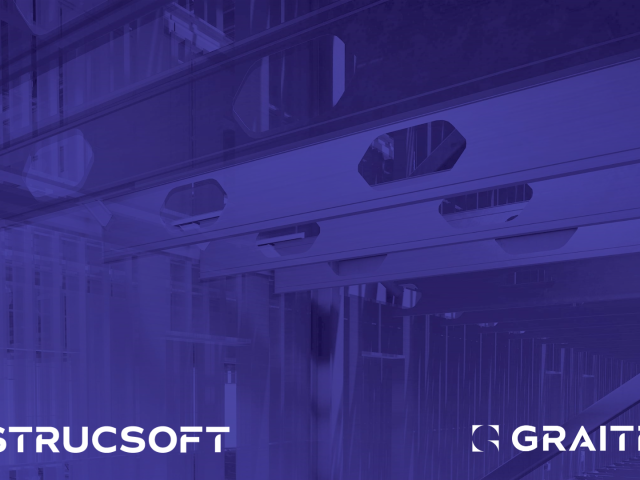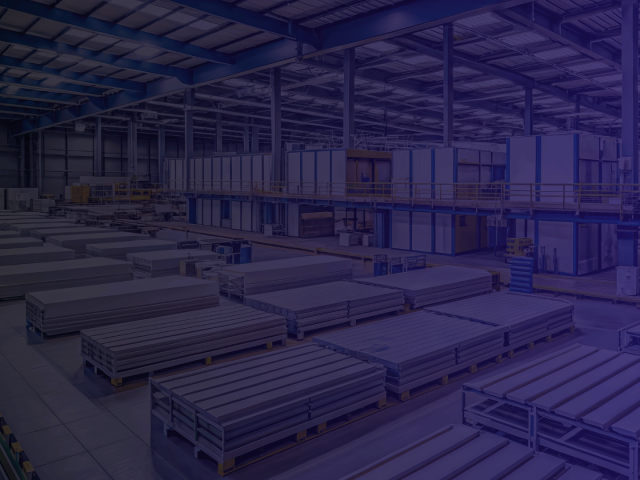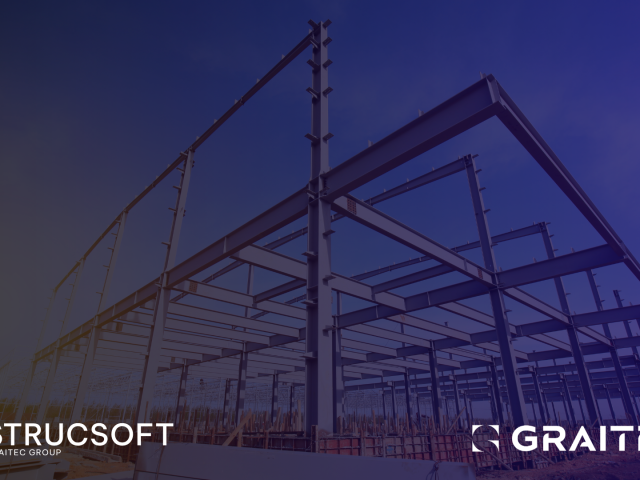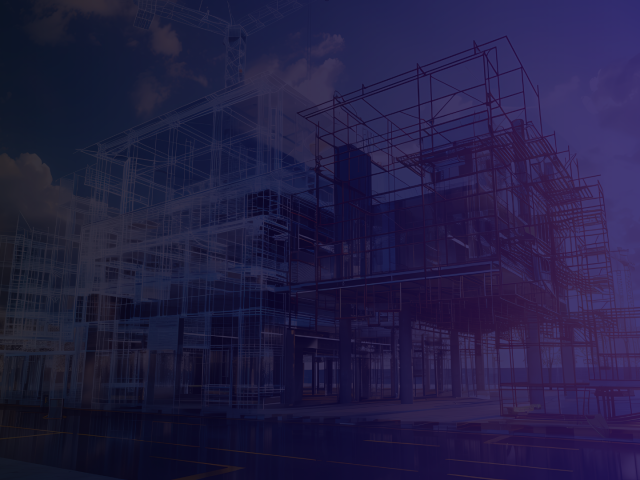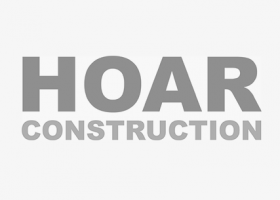Offsite construction is promising to revolutionize the construction industry, offering solutions to the industry’s long-standing challenges. But what exactly is offsite construction, and how does it differ from traditional methods?
Whether you’re a construction professional, a homeowner or interested in the future of the built environment, then read as we look to answer the most frequently asked questions about offsite construction.
What Is the Difference Between Offsite Construction and Traditional Construction?
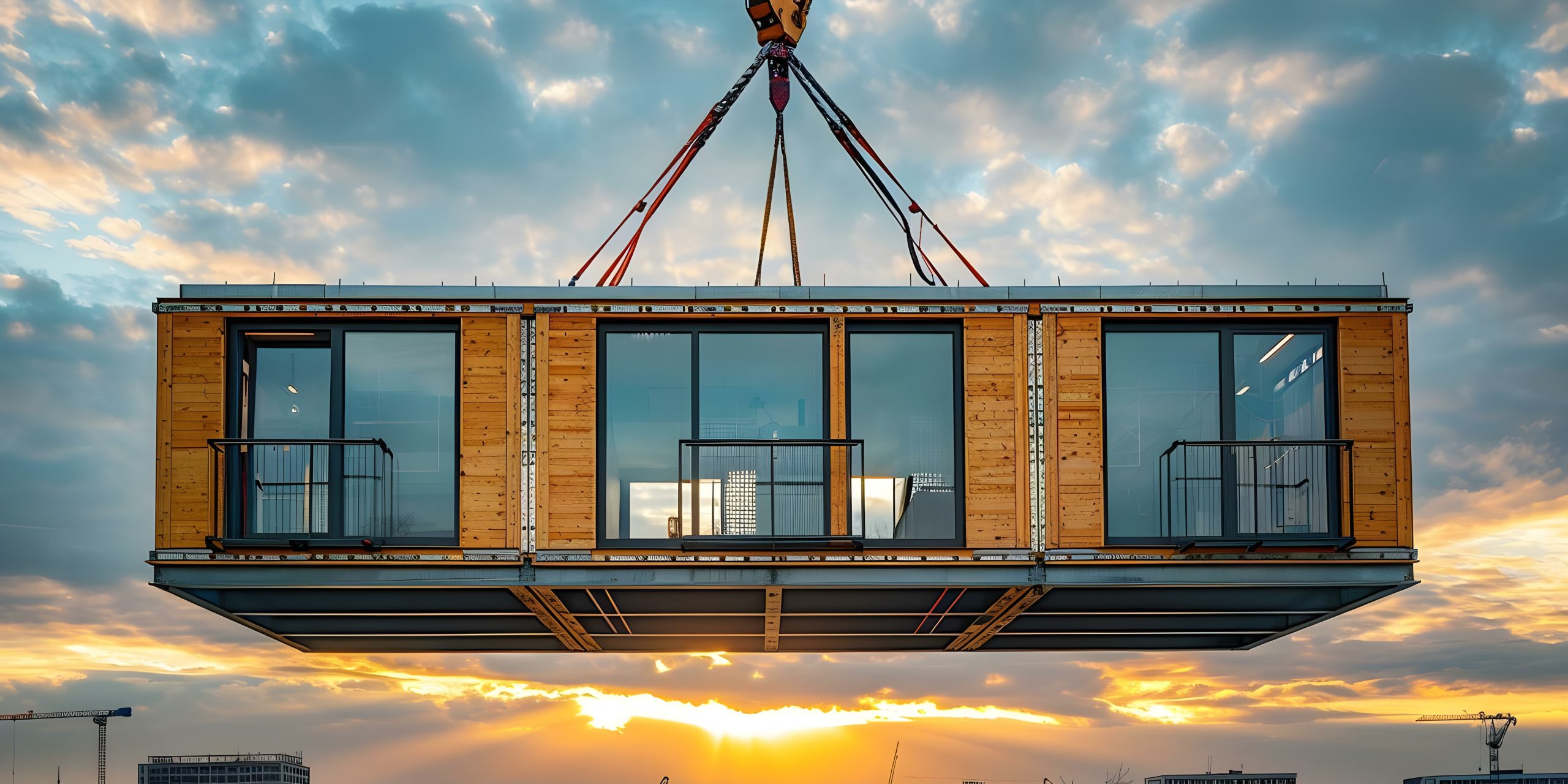
In the world of offsite construction, a building is viewed as a manufactured product, much like an automobile that is put together on an assembly line. In this construction method, individual building components or entire sections of a building are manufactured in a factory, away from the actual job-site.
By producing components within a factory, builders are able to automate the production process with the help of software, manufacturing equipment and robotics all under one roof—something that would not be possible to replicate on a construction site.
Offsite construction consists of:
- Modular construction: Also known as 3D volumetric construction, in which fully finished sections of a building with lighting and fixtures are built inside a factory, and stacked on site using cranes.
- Prefabrication: Also known as 2D panelized construction, where individual components such as walls or floor panels are batch manufactured and installed in place. Offer more flexibility
What are the Benefits of Offsite Construction?
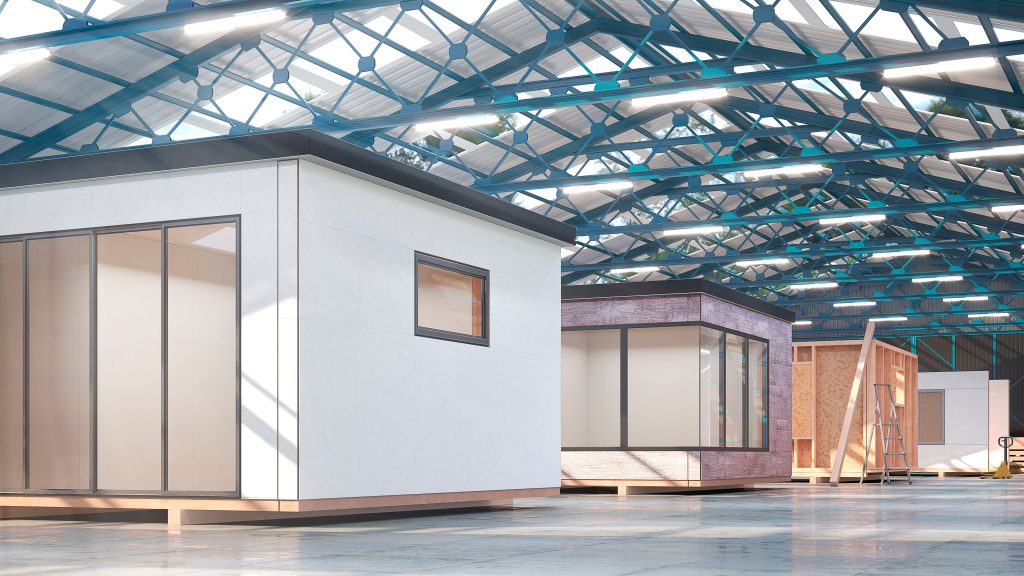
The benefits of offsite construction over traditional, on-site construction are achieved due to factory-based building. Key benefits include:
- Speed: Modular construction can speed up schedules by 30-50% as the construction process takes place inside a factory, independent of job-site preparedness, its conditions or weather delays.
- Quality: Contrary to the perception that manufactured buildings lower in quality, offsite builders use precision machinery and standardized processes to produce consistently high quality components.
- Sustainability: Offsite construction is an eco-friendly building method which offers significant waste reduction over traditional construction by as much as 90%. This is made possible by using manufacturing equipment such as roll formers or woodworking machinery to ensure minimal material wastage.
- Increased employee safety: There is a greater potential to implement safety protocols inside a controlled factory environment, reducing potential workplace hazards and accidents.
What are the Challenges of Offsite Construction?
Some of the challenges involved in offsite construction, from the supply side include:
- Initial investment: The initial investment required to break into this sector can pose a barrier to entry for newcomers. This includes securing adequate land for a production facility, constructing the facility itself and purchasing manufacturing equipment.
- Hiring the right talent: Modular construction and prefabrication require specialized knowledge and experience, making it imperative to hire capable teams and train
- Production process: Developing a production process from initial design to finished product, that is both efficient and profitable can be complicated and resource intensive.
What Construction Materials are Used in Offsite Construction?
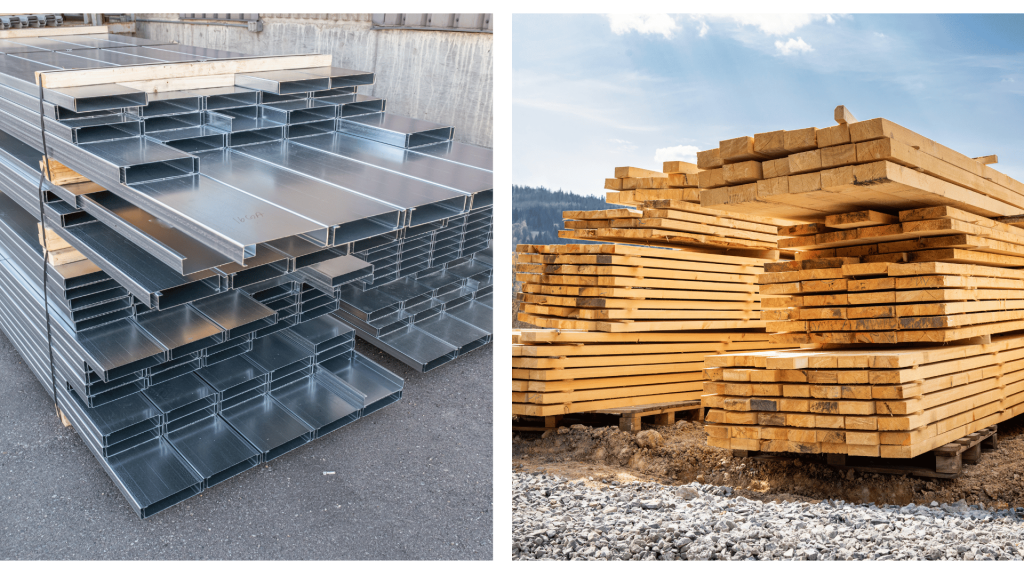
Offsite construction most commonly employs wood, steel, concrete, and to some extent composite materials. Wood and steel are frequently used in offsite projects for structural framing.
Wood is generally used for residential projects, such as multi-family residential complexes. Steel on the other hand is generally used for commercial and mixed-use applications. Both materials are popular as they are readily available, possess high strength to weight ratios, and can be machined to millimeter precision inside an automated factory setting.
What Technological Advancements are Driving Offsite Construction?
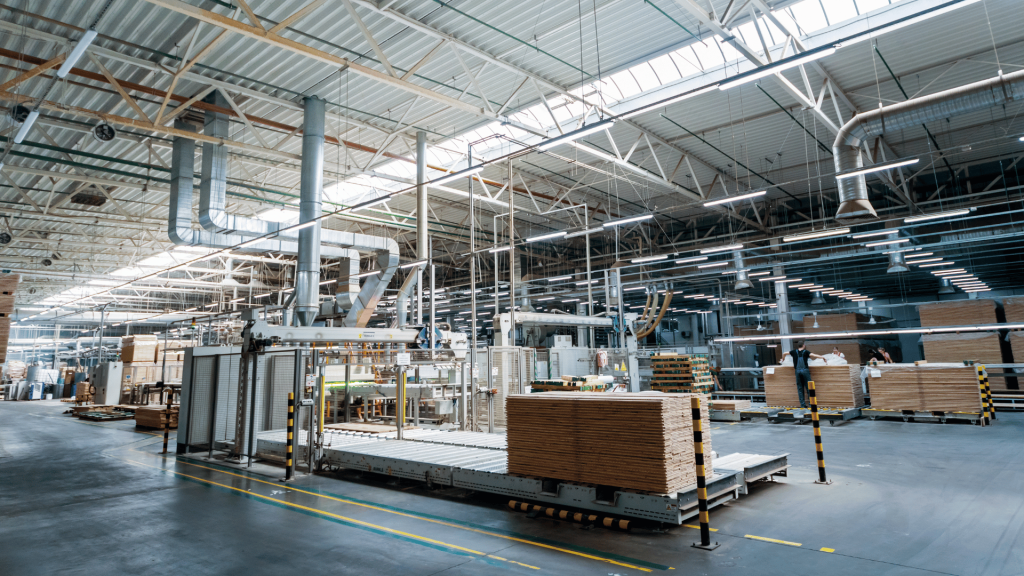
- Software applications: Automation in offsite construction begins at the design phase. By using BIM software such as Revit, it is possible to create data rich models that can be used for accurate modeling and inter-trade collaboration. This includes plugins for Revit such as MWF Pro Metal or MWF Pro Wood, which are used to design the structural framing in wood or metal, and simplify fabrication by linking Revit designs to manufacturing equipment.
- Manufacturing Equipment: CNC machinery such as roll-formers or wood sawing machines are used to produce components with high precision and minimal raw material wastage. These machines allow for rapid production and are directly responsible for the speed gains that offsite construction is known for.
- Robotics: Offsite factories tend to house robotic arm systems that are used for processing and assembling components on a production line. This automates the process by performing repetitive and potentially hazardous tasks quickly and without human error.
For more information on our products or design services, visit strucsoftsolutions.com, or email us at info@strucSoftsolutions.com

